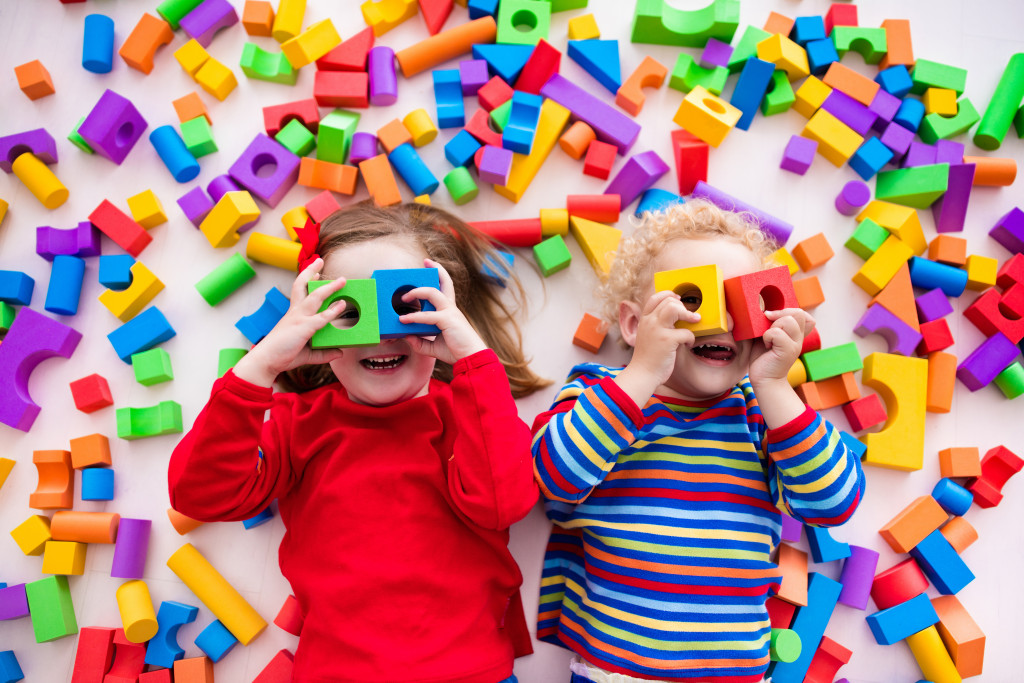Although not everyone can be an artist, we all have the potential to be creative only if we take the time to nurture it and turn it into something beautiful. When it comes to children, parents often have high expectations to turn them into artistic geniuses. Some even enroll their teens in performing arts programs to develop artistic styles as they grow up.
Childhood is a great time when the child’s creativity really flourishes. Creating art makes a perfect activity for children who are exploring the things around them. Setting up the child for any arts and crafts activity is the best way to keep them busy and occupied. More importantly, it enhances their creativity, curiosity, and self-expression.
Art is like any other skill, it requires practice, inspiration, and support. Those who have the talent will find the learning process easier, but those without it will need enough encouragement and practice. When it comes to children, there are plenty of ways to light up their creative spark.
Inspire them
Children are notorious for not following instructions. They prefer to do things on their own, explore, and discover the things they find interesting. With that in mind, the first step to stir a child’s creativity is to change their environment where they can be their most creative selves.
Dedicate special areas around the house where the child can write, draw, dance, sing, and play a musical instrument. Instead of a single art room, spread out areas where they can enhance their creativity. It can be an art desk in their bedroom, a painting easel in the garden, a small space in the living room, or anywhere where the child can freely play, make a mess, and create new things.
Playing various types of music also sparks creativity to help the child figure out what type of music they prefer to hear. You can also include some storybooks and comics on the shelves to develop their love for reading and decorate the walls with colorful posters and paintings to encourage them to create art pieces.
Besides carving out a creative space, it’s also important to provide proper tools in case the child wants to create something and channel their inner creativity. These include quality pens and pencils for drawing, brushes and watercolors for painting, and a couple of basic musical instruments.
Even if the child is not especially good at painting, drawing, or playing any instrument, appreciate their efforts if they show any interest in it. Never pressure them into liking a particular art form because it hinders the learning process and the child may end up hating it. What’s important is to take things slow and nurture their interest properly.
Create with them

Do you know that the fastest way to help a child learn to read and develop a passion for reading is to read with them regularly? The same technique also applies if you want your child to develop creativity.
Kids often get inspired by the people around them. Lead them by example by working alongside each other. Children like it when their parents are taking part in things they like to do. They also feel inspired to do the same things whatever keep the entire family busy.
Group art projects make great family bonding. If they want to do a project they really love, show support through active participation. If the project involves some tricky steps, difficult assembly, or the use of sharp objects (e.g. scissors), tackle them on your own and allow them to the decoration and other fun steps. You can also express your appreciation while doing the project to boost their confidence.
Children often feel discouraged from chasing their passion because most creative endeavors seem difficult, especially during the initial attempts. You don’t have to be a pro to help them in this part. If they want to draw, teach them by starting with the basics of drawing so that they can progress fairly quickly.
Give them freedom
While parental support is necessary for fostering the child’s creativity, make sure to give them some freedom from time to time. Most parents make the mistake of pressuring their children to be artistic, but this approach will only destroy the whole purpose of making art.
Parents have to be supportive and give the kids the freedom to allow them to explore what they want to create. There are plenty of ways to make art and new art forms continuously emerge because creativity has no bounds. Making art is a liberating experience, not something you force out, but resonates out of you. So regardless of what your child creates, your role is to show support and appreciation.
Whether your child has artistic talent, it’s important to nurture their creativity by making serious efforts, offering gentle encouragement, and providing more opportunities to create. All these things can make a difference not only in the child’s creative skills but also in their confidence, interpersonal relationships, and mental flexibility.




